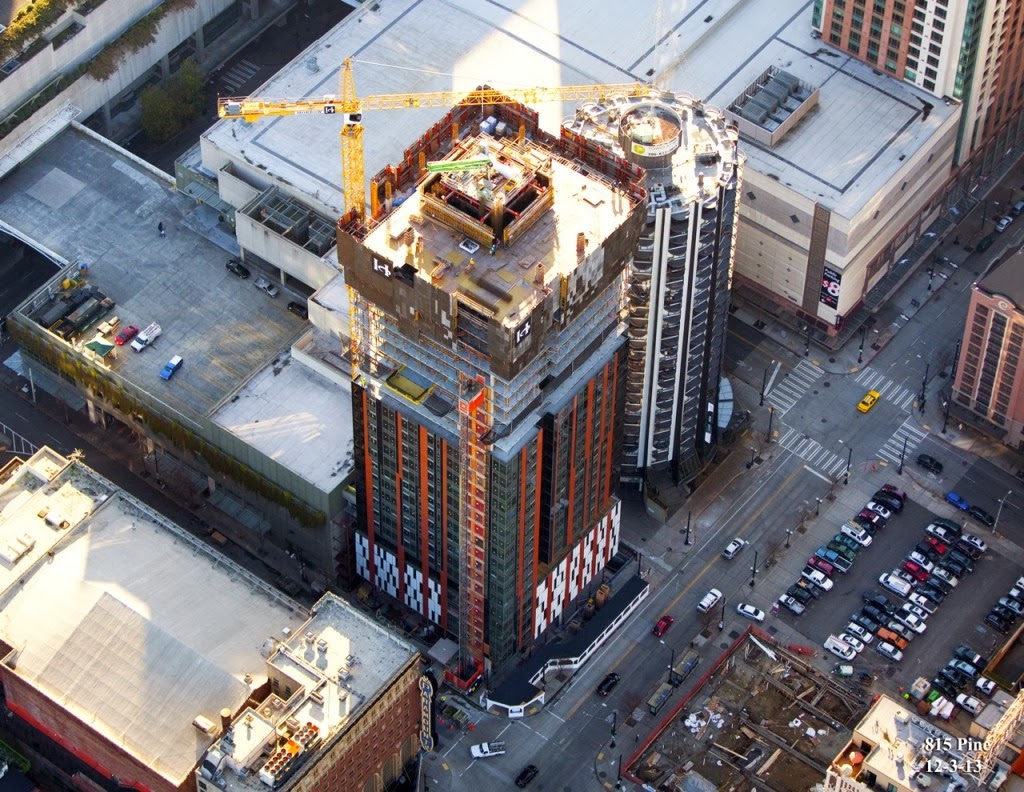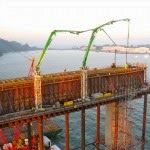The
Conco Companies offer our concrete
services to projects throughout the Western U.S. and many of the prominent
buildings we help to construct have received high LEED certifications. The following is a short description of some
of the criteria that is used in the rating system to determine LEED certification
for buildings.
LEED
is an acronym for Leadership in Energy and Environmental Design and was started
in 1998 by the U.S. Green Building Council (USGBC). According to the USGBC, the green building
certification program recognizes best-in-class building strategies and practice
that have a positive impact on the health of occupants, while promoting
renewable, clean energy.
LEED
offers third-party guidelines for the building industry to strive to design,
construct, and operate buildings that provide the most optimal environments as
possible while at the same time save money and resources. With a membership of almost 20,000, the USGBC
reviews and publically updates the standards every few years. The key issue they promote is energy
efficiency and protecting or using renewable resources. Today LEED
certification is sought after and a higher endorsement can increase a building’s
market value.
Buildings
receive LEED certification based on specific guidelines and the higher the
points for achieving those goals, the higher the certification. Levels of endorsement include Certified,
Silver, or Gold – right through to Platinum, the highest award. The five basic categories of how points are
earned are: Sustainable Sites, Water
Efficiency, Energy and Atmosphere, Materials and Resources, and Indoor
Environmental Quality.
Energy-efficient
appliances and heating and cooling systems increase LEED certification as does
using recycled materials. Extra points
can be achieved through special recognition of Innovation in Design and Regional
Priorities. Regional points are
earned when a builder has taken care to lessen or eliminate the harmful impacts
on a sensitive, local environment. Endorsements are offered on residential
homes, commercial and industrial buildings and entire neighborhood projects.
Conco
is a leading supplier of concrete services for the Western United States. We
got our start in the Bay Area in 1959 by offering clients the best value on a
wide range of concrete services and products.
Since that time, we have taken a leading role as one of the top concrete
contractors in the region. We have four regional offices serving California, Washington, Oregon, Nevada and Colorado.




